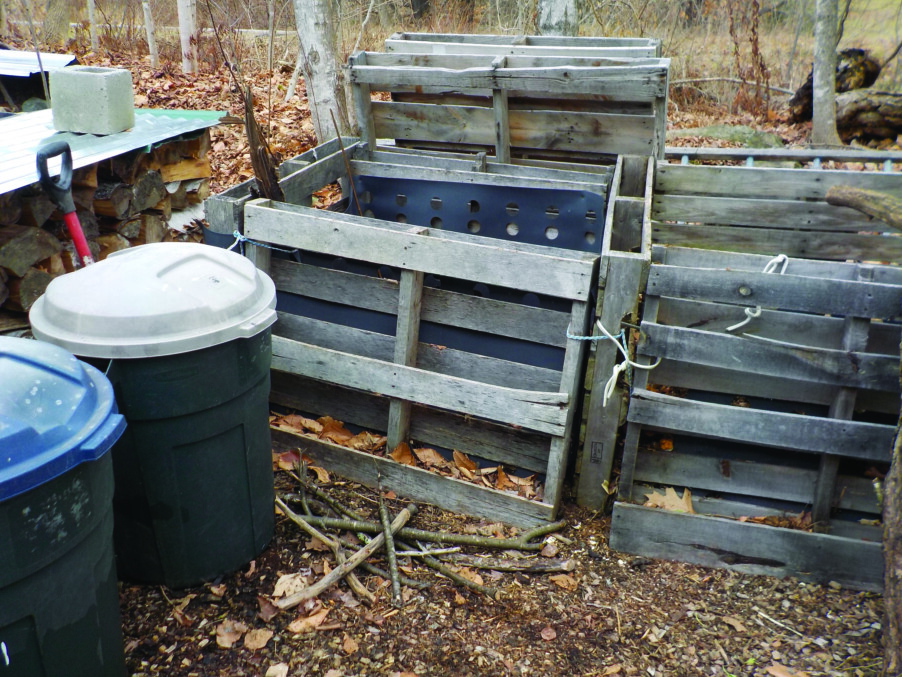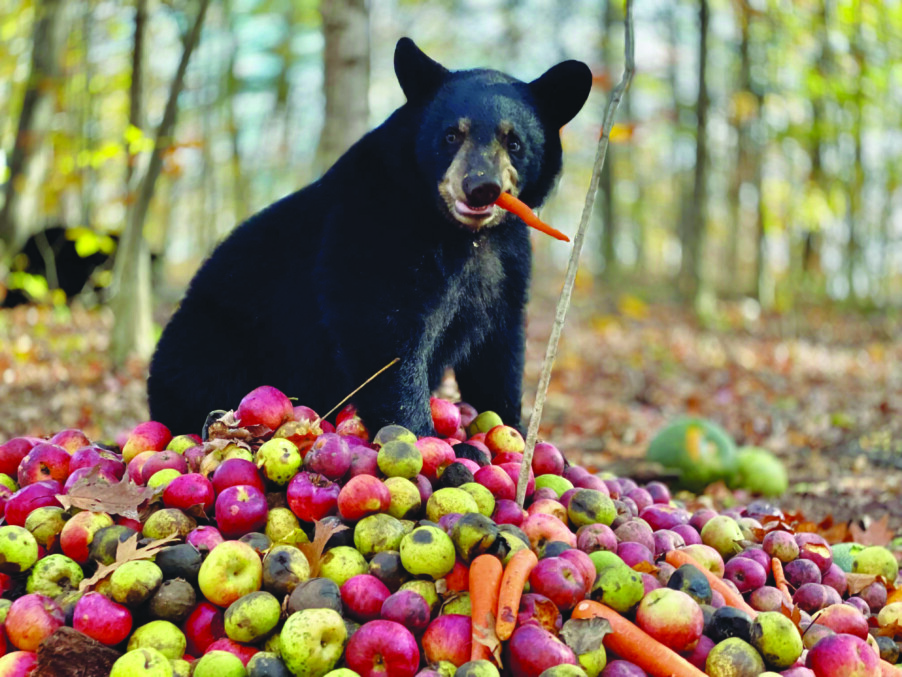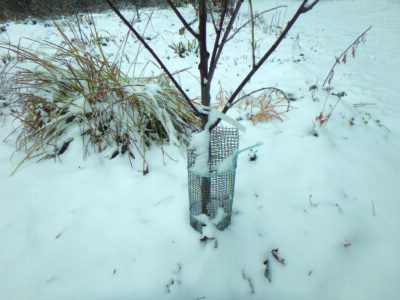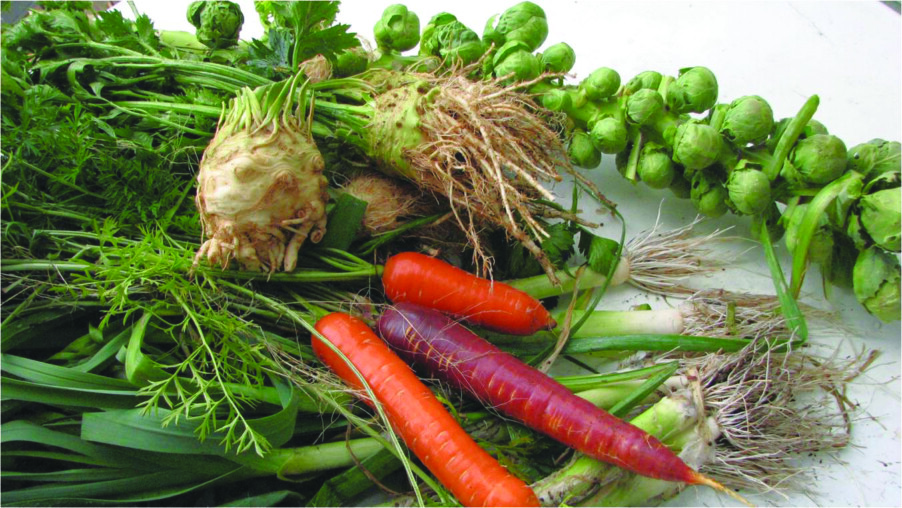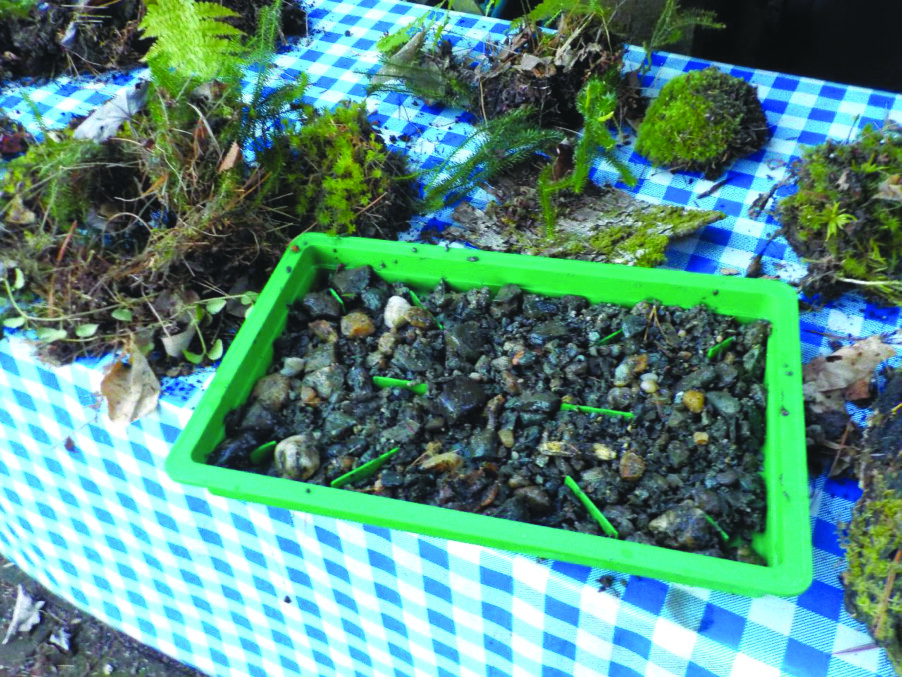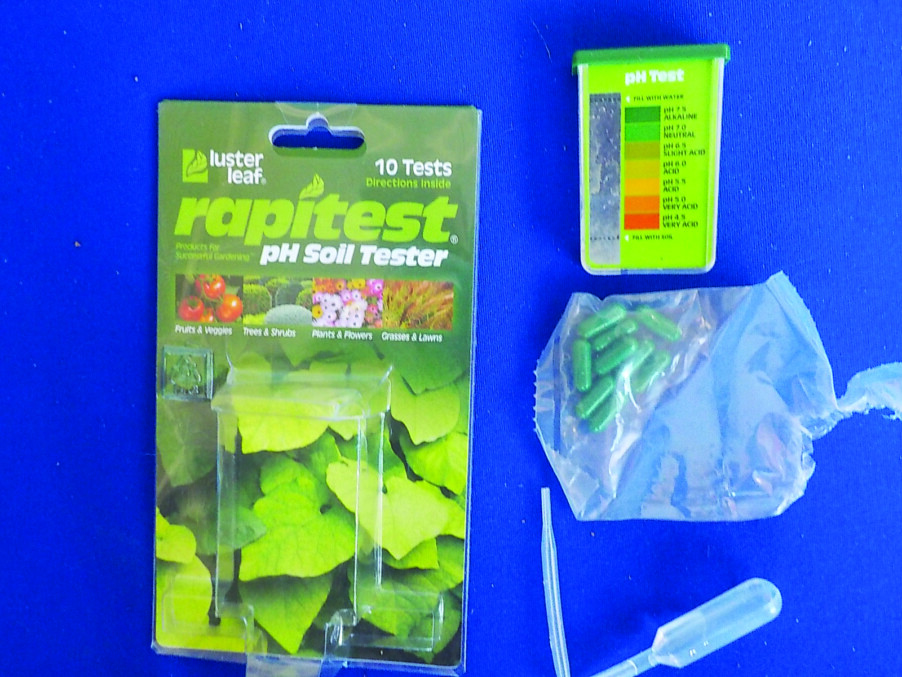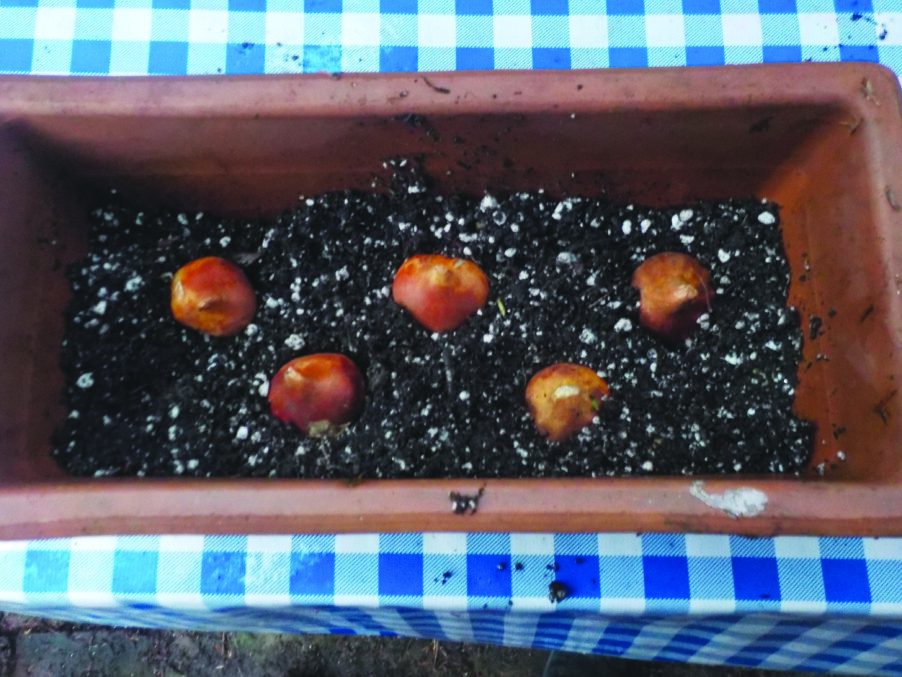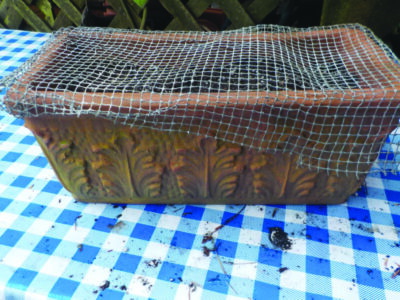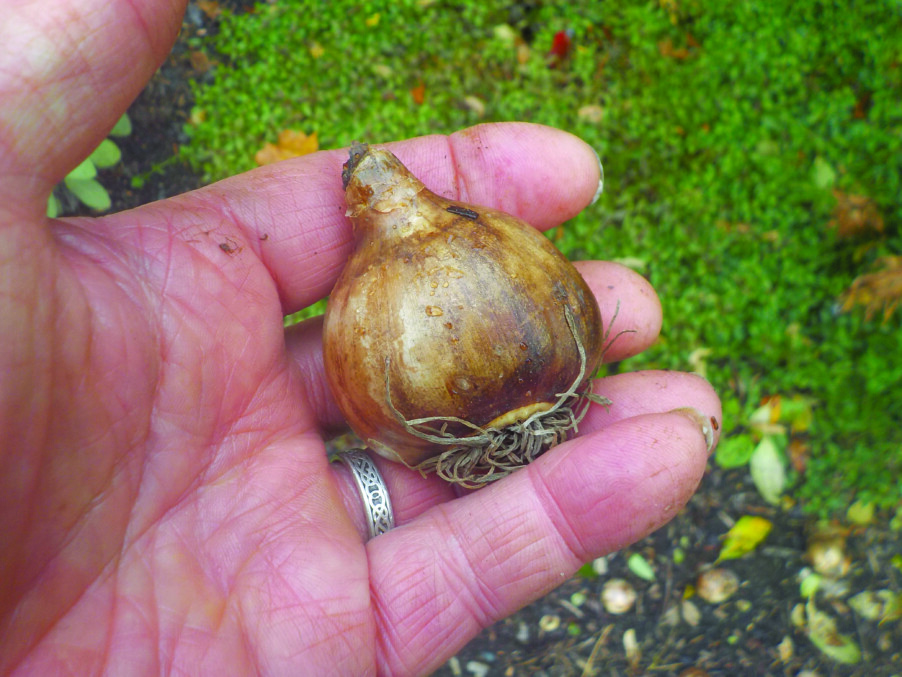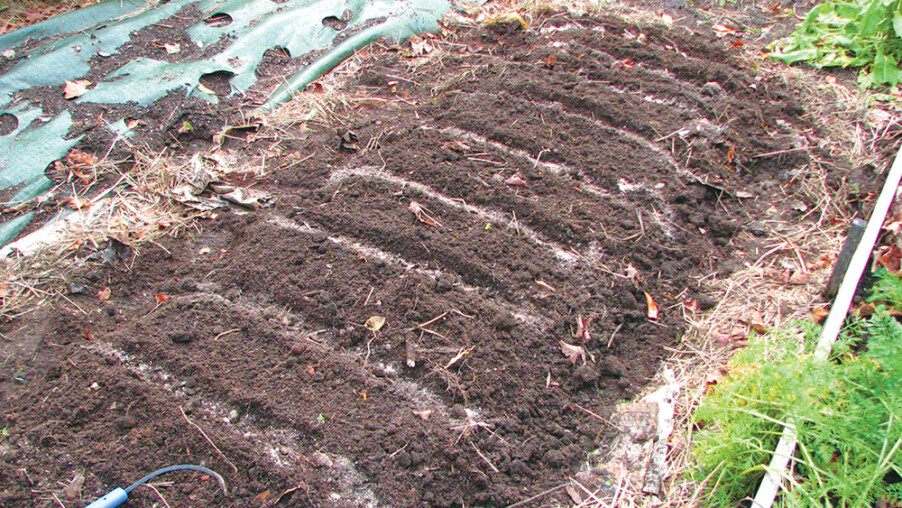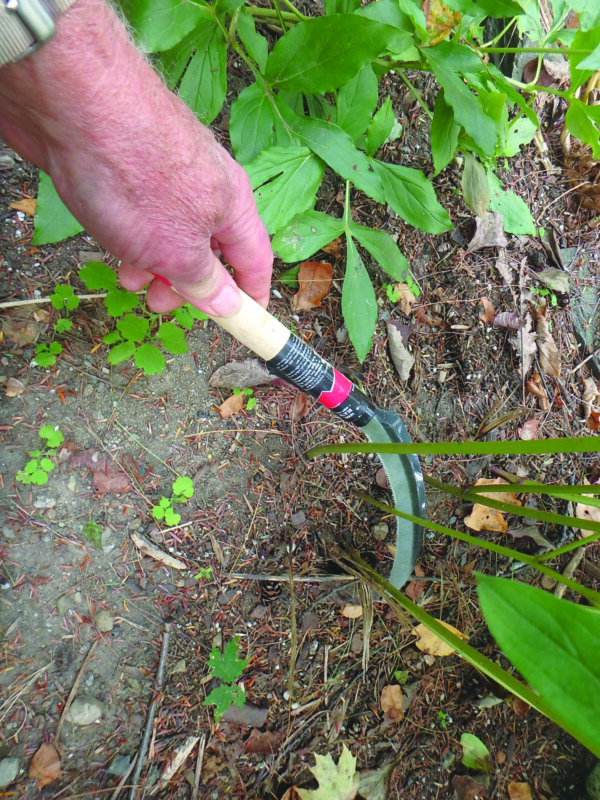Today’s veggie scraps makes tomorrow’s soil
When I was a boy it was one of my many jobs to take out the kitchen scraps every few days and dump them in our woods in a compost pile. Like the postman, I did my job no matter what: “Neither snow, nor rain, nor heat, nor gloom of night stays this boy from the swift completion of his appointed rounds.” I would not say that the postman nor the boy enjoyed their tasks in a blowing rain. But I did it. Now, older and wiser, I still do it.
Making good compost is easy. Plenty has been written about the best way to create that “black gold” we all love to give our plants. There should be the proper mix of ingredients that are high in nitrogen and those that are high in carbon. That will help our microbe pals breakdown leaves, weeds and kitchen scraps into useful biologically active material to support plant growth. Now, in winter, composting is more of a challenge.
Scientists disagree about the ratio of carbon and nitrogen materials to get a compost pile “working.” Some say an even 50-50 mix of materials, but others say up to 30 times more carbon-based materials than those high in nitrogen. Me? I aim for three parts dry, brown material to one part high nitrogen material. Eventually, everything breaks down and turns into compost.
What ingredients are high in nitrogen? Grass clippings, green leaves and weeds. Animal manures are good, but you should never use cat or dog waste. Vegetable scraps, raw or cooked, fall in this category too, and coffee grounds. Moldy broccoli from the back of the fridge? Sure.
High-carbon materials include dead leaves, straw, tea bags, even a little shredded paper. If using newspaper, avoid glossy pages and things with lots of color. Newspapers are pretty benign these days, as they use soy inks and no heavy metals. I keep a supply of fall leaves next to my compost pile and spread a layer over the kitchen scraps every time I empty the compost bucket. That also minimizes flies in summer.
A good compost pile also needs oxygen to work well. And if your pile stays soggy, it won’t allow the microorganisms to get enough oxygen. But if your pile is too dry, the working microbes won’t be able to thrive, either. If you grab a handful and squeeze it, it should feel like a wrung-out sponge. People who really want a fast-acting compost pile turn over the compost with a garden fork regularly to help aerate it, but I don’t have the time or energy to do that.
In winter, most compost piles stop breaking down plant material because it is too cold for the organisms that cause decomposition. In summer, if yours is working well, temperatures can go up over 140 degrees F, which will kill weed seeds. In fact I’ve done experiments and found that 125 degrees for a couple of days killed the seeds of the annual grass I placed in it — though some weeds may be tougher to kill than that. To get my compost pile that hot I layered in fresh lawn clippings. Still, the pile had cooler pockets and hotter ones.
So how does all this help you in winter? First, accept that your kitchen scraps will be frozen and not breaking down. Even those big plastic drums that rotate compost probably won’t work in winter — the material will be one big lump impossible to turn.
I used to keep my compost pile near the vegetable garden so I could throw weeds in it. But the problem was that in winter I needed boots or snowshoes to get to my compost pile. If you don’t want to build a bin or trudge to a distant compost pile in winter, think about just using a big trash can and saving all your scraps until spring when things thaw out and temperatures are good for composting. This will also keep dogs and skunks out of it. Recently I built a nice bin made of wood pallets that is next to my woodpile, near the house — and more accessible all year.
Not all compost is the same. The microbes attracted to material made from woody plants are different from the ones attracted to kitchen scraps and grass clippings. Think about the soil in an established forest: It is dark and rich, formed by the breakdown of leaves, twigs and branches over a long period of time. You can mimic that and speed up the process to create mulch or compost to put around newly planted trees and shrubs. Just compost your autumn leaves, twigs and small branches. I shred them in a chipper-shredder machine.
If you collect scraps (no meat or oil) and are a member of a CSA, they may accept your kitchen scraps for their composting system. If you have a 5-gallon pail with cover, you can easily transport it to a farm or recycling facility that accepts food scraps. When we were on vacation in Maine, we brought our kitchen scraps to a farm that used them for compost.
Aside from helping your plants, making compost helps keep food waste out of the landfill, which is important: We are running out of space in landfills. So do your part, even in winter. And whatever you make will enhance your soil when you add it in at planting time.
Featured photo: I keep chopped leaves in a barrel next to my compost pile to spread over kitchen scraps. Photo by Henry Homeyer.

